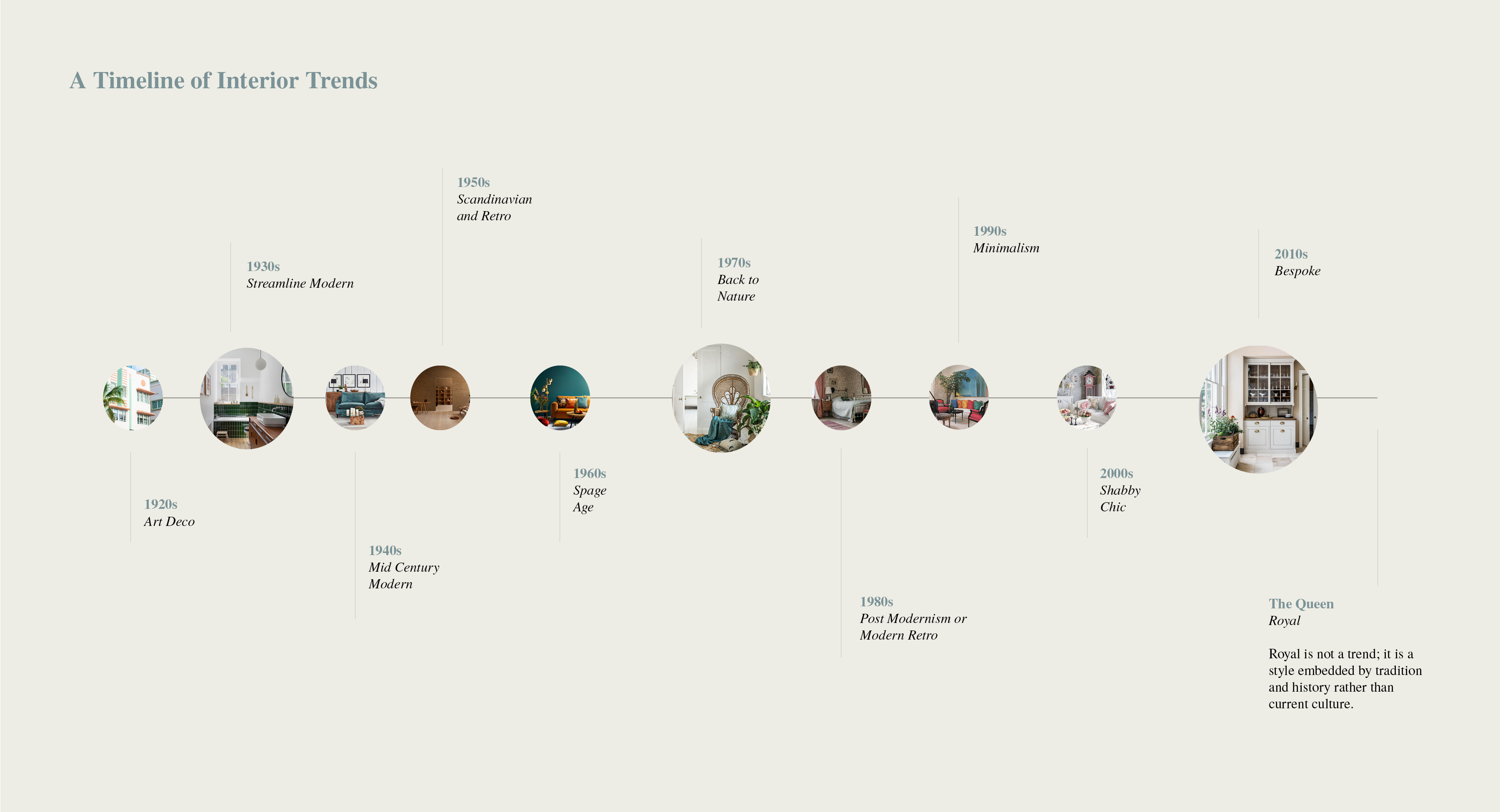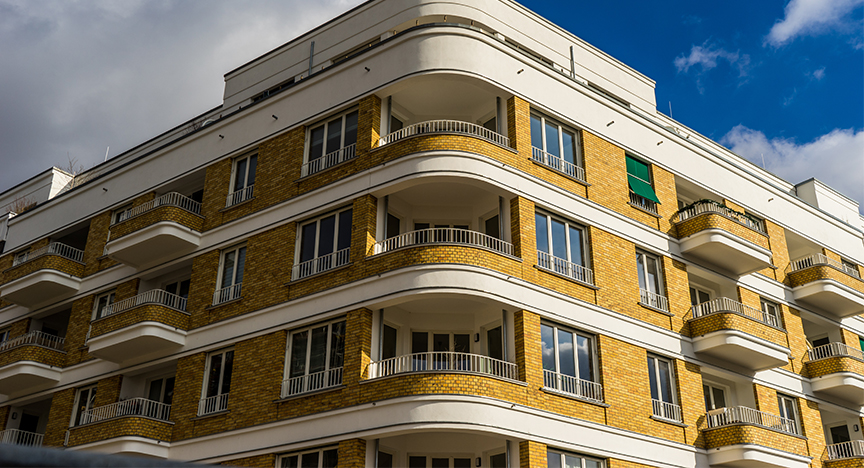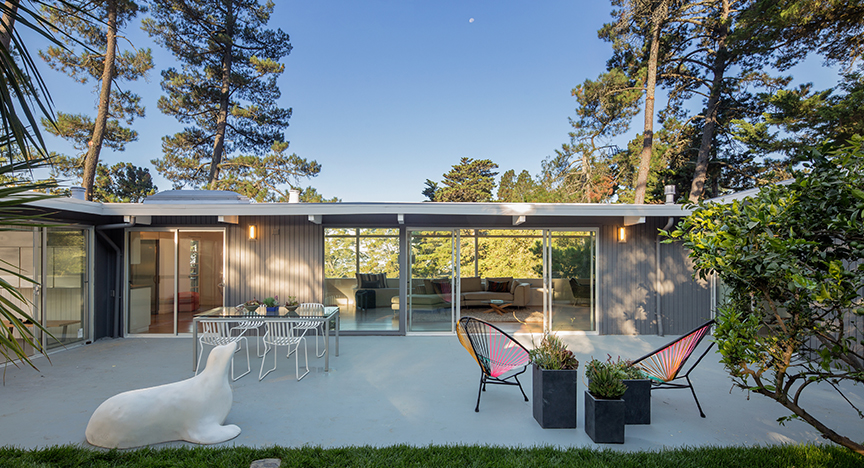The 1920s were infused with new art movements. From Bauhaus just beginning and the influence of Cubism settling, this decade certainly had a bold artistic point of view, translating into a well-known style called Art Deco. A distinct geometric style that many homeowners and interior designers still love today.
And, what better way to pay homage to this all-singing-all-dancing decade than keeping it alive throughout your home interiors? More distinctly, how can curtains and blinds work together to create a seamless nod to an exciting time in history?
From Louis Armstrong to finger sandwiches, let’s take a deep dive into the Roaring Twenties and discover some exciting ways to decorate your home.
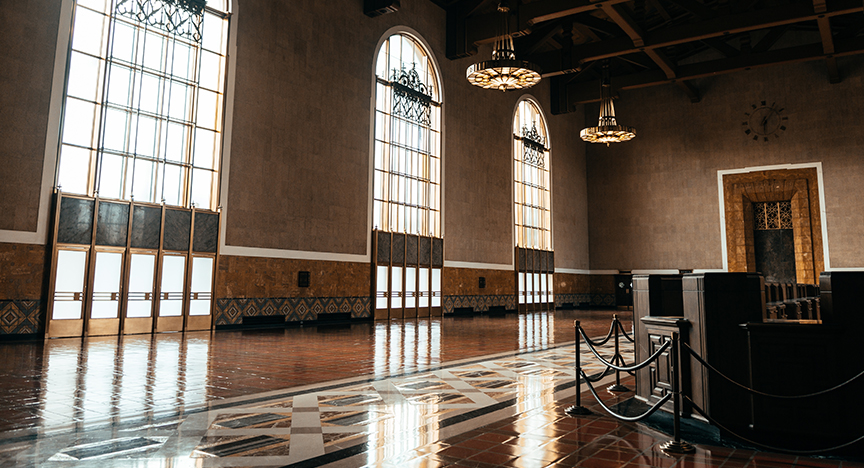

What is Art Deco?
The Chrysler Building, The Great Gatsby, Yves Saint Laurent's Paris residence, and Coco Chanel's iconic mirrored staircase are just a few examples that come to mind when discussing Art Deco.
The architecture was like nothing before, with interior designers and architects using strong geometric shapes and extravagant details. Textiles were rich in colour and added glamour to a space. Graphics were simple and vibrant, and metals like brass and stainless steel, including metallic wallpaper, were introduced to add extra opulence wherever possible.
But what led to this modernistic jump?
A huge factor was the end of World War 1. With this came a surge in technological progress leading to mass production of goods and cheaper products. More factories meant increased employment, and the economic prosperity of Britain was on the rise.
What was happening in the 1920s?
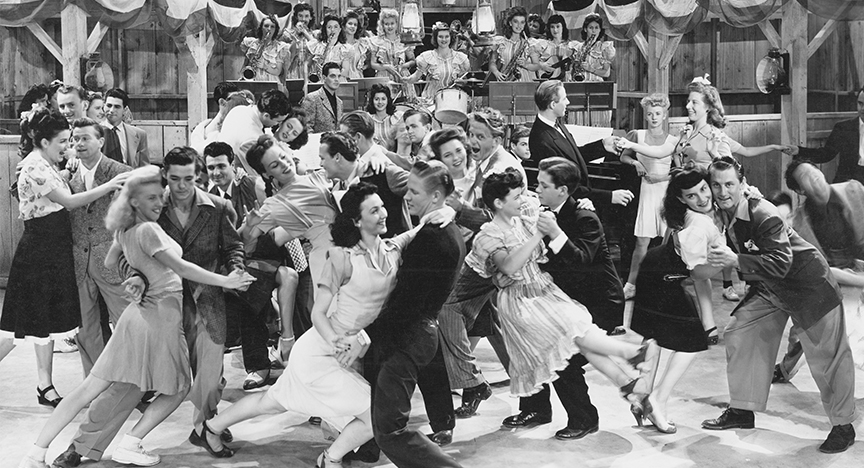

The roaring twenties were happening!
The twenties were abundant with new developments such as films, cinemas, telephones, the radio and hairdryers. Automobiles made big advancements, and Henry Ford began to produce cars affordable for the middle classes in North America and Europe, giving the British people a new sense of freedom and adventure. There were also major breakthroughs in medicine, with the discovery of insulin in 1922 and penicillin in 1928.
Women were also free to express themselves with the likes of The Representation of the People (Equal Franchise) Act 1928, giving British women over 21 electoral equality with men.
Freedom of expression is a great way to describe the mood and culture across the country in the late twenties - especially seen in home decorating.
Intrigued by the interiors of the past? Check out our guide to the 1930s, 1940s, 1950s & 1960s to see how Britain’s homes have evolved over the years.
1920s Art Deco interior design trends by room
Living rooms
- Geometric patterns: Art Deco was characterised by bold geometric patterns. Integrate these into your living room through wallpaper, rugs, or cushions. Consider chevrons, zigzags, and sunburst motifs for a true Art Deco vibe.
- Luxurious materials: Incorporate luxurious materials such as marble, glass, chrome, and lacquered finishes. Use these materials for coffee tables, side tables, or even in the detailing of furniture.
- Bold colours: Vibrant and contrasting colours were a hallmark of Art Deco. Opt for rich jewel tones like emerald green, sapphire blue, and ruby red.
Kitchens
- Symmetry: Art Deco design favoured symmetry and balance. Achieve this in your kitchen by organising cabinets, appliances, and decor in a balanced composition. Use matching sets of kitchenware or utensils for a harmonious look.
- Intricate details: Pay attention to small but intricate details. Choose cabinet handles, faucets, and knobs with Art Deco motifs, such as stepped designs or geometric shapes, to infuse subtle touches of the 1920s into your kitchen.
Bedrooms
- Bold artwork: Incorporate bold and impactful artwork that reflects the Art Deco style. Consider framed prints or paintings featuring geometric patterns, elegant figures, or scenes inspired by the 1920s for a touch of sophistication.
- Art Deco accessories: Add smaller details with Art Deco accessories. Choose decorative items such as mirrored trays, geometric vases, or gilded picture frames to enhance the overall theme of your bedroom.
Dining rooms
- Curved furniture: Choose dining chairs and tables with curved forms and streamlined designs. Upholstered chairs with curved backs or a round dining table with elegant lines can bring the Art Deco aesthetic to your dining room.
- Statement lighting: Install statement lighting fixtures that capture the essence of Art Deco design. Look for chandeliers or pendant lights with geometric shapes, chrome finishes, and intricate detailing to serve as a focal point above the dining table.
Bathrooms
- Opulent materials: Choose materials such as marble, glass, and chrome for bathroom surfaces. Marble countertops, glass shower enclosures, and chrome fixtures contribute to the luxury feel of Art Deco design.
- Art Deco accessories: Complete the look with Art Deco accessories. Include items like mirrored trays, gilded soap dispensers, or geometric-shaped storage containers to bring the 1920s flair to your bathroom.
Blinds and curtains for 1920s-inspired house interiors
Incorporating Art Deco features into your house, such as curtains and blinds, is an excellent way to pay homage to the elegance of the 1920s. Whether you're drawn to the vivid colours, geometric patterns, or lavish materials, this timeless style can elevate any space into a sophisticated haven.
- Blacks: Opt for black curtains with metallic or contrasting geometric patterns to create a focal point in the space. The juxtaposition of dark hues and bold patterns adds drama and sophistication to your 1920s home.
- Patterns: Incorporate geometric blinds or curtains to bring authenticity to your home interiors. Consider curtains with chevron patterns, hexagonal shapes, or simple vertical and horizontal lines. These patterns can be subtle yet impactful, adding a touch of Art Deco charm to any room.
FAQs
What does a 1920 bedroom look like?
Bedrooms in the 1920s were frequently painted in vibrant colours. Deep reds, emerald greens, royal blues, and luxurious purples were popular colours for walls, furniture, and fabrics. The love for geometric shapes was displayed in wallpaper, bed linens, and rugs. Zigzags, chevrons, and angular motifs added a dynamic and visually striking element to the room.
What furniture style was popular in the 1920s?
The furniture of the 1920s embraced simplicity and functionality. Streamlined silhouettes with clean lines replaced the ornate and heavy styles of the past. Beds, coffee tables, and dining room tables featured smooth surfaces and elegant curves, reflecting the modernity of the time.



